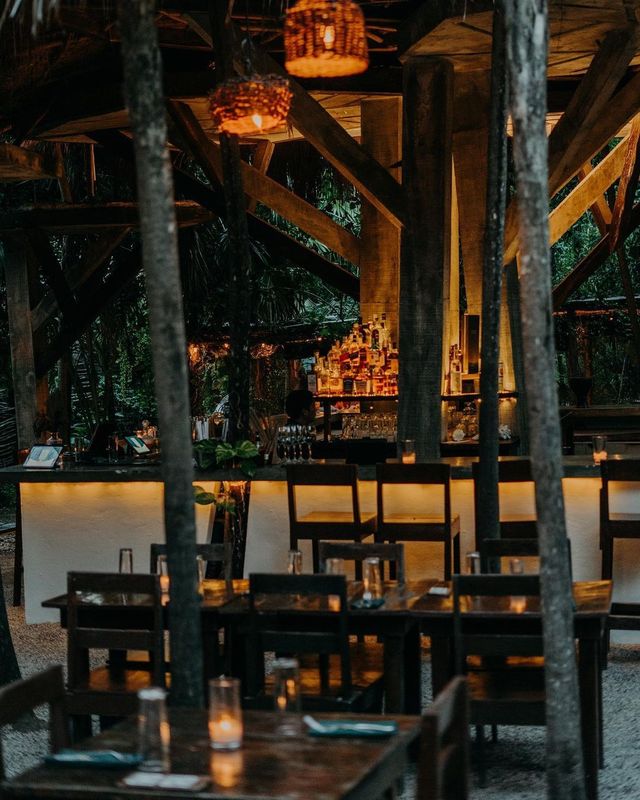Savor Genuine Asian Cuisine With a Pan-Asian Twist for a Cooking Adventure
Getting started on a cooking journey through authentic Eastern food, improved with a Pan-Asian twist, provides a distinct opportunity to check out the abundant tapestry of flavors that define the area's diverse culinary practices. As you contemplate these tempting dishes, take into consideration the social narratives and historic impacts that form them, each bite using a story waiting to be uncovered. Chinese food Islamabad.

Discovering Pan-Asian Flavors
In the world of international gastronomy, Pan-Asian cuisine attracts attention for its exceptional diversity and the unified interplay of flavors from numerous Oriental cultures. This cooking approach celebrates the abundant customs and distinct active ingredients found across the continent, producing a tapestry of preferences that is both rewarding and intriguing. Trick to Pan-Asian cuisine is its capability to stabilize contrasting flavors-- wonderful, salted, spicy, and sour-- while highlighting the freshness and top quality of each ingredient.
From the umami-rich soy sauce of Japan to the fiery chili peppers of Thailand, Pan-Asian food uses a substantial scheme of tastes. These aspects are frequently integrated in creative ways, improving meals with layers of complexity. As an example, using fragrant herbs such as lemongrass and cilantro, common in Vietnamese and Thai cuisine, adds a rejuvenating illumination to recipes, while the incorporation of coconut milk provides a velvety, rich structure.
The emphasis on fresh fruit and vegetables and fragrant seasonings ensures that each meal is not just a feast for the taste buds but also for the detects. Pan-Asian food welcomes diners to start a culinary trip, discovering the large and varied landscapes of Asian gastronomy with every bite.
Fusion Dishes to Try
While Pan-Asian food is celebrated for its traditional tastes, the modern cooking landscape is increasingly accepting fusion recipes that blend these timeless elements with impacts from various other regions. This cutting-edge method not just honors the rich heritage of Oriental cookeries but additionally introduces unique taste experiences that attract modern palates.
A prime instance of such a fusion meal is the Korean-Mexican taco, where marinated bulgogi beef is wrapped in a cozy tortilla, topped with kimchi and a hot gochujang-infused salsa. This combination weds the bold, mouthwatering tastes of Korea with the vibrant, fresh aspects of Mexican food. Similarly, sushi burritos have obtained appeal, amalgamating the fragile virtuosity of Japanese sushi with the passionate, hand-held benefit of a burrito, often featuring combination components like tempura shrimp and avocado with a drizzle of wasabi mayo.
An additional noteworthy recipe is Thai curry ramen, which infuses the velvety, fragrant seasonings of Thai curry right into the comforting broth of standard Japanese ramen, developing a harmonious blend that tantalizes the senses. These combination recipes expand past mere uniqueness; they represent a cooking discussion in between cultures, encouraging exploration and advancement on the planet of Pan-Asian food.
Essential Ingredients and Spices
To really appreciate Pan-Asian cuisine, one should comprehend the vital components and flavors that form its foundation. This varied cooking design draws from a rich tapestry of Asian traditions, employing an unified mix of textures and tastes. Trick active ingredients consist of soy sauce, fish sauce, and oyster sauce, which present a savory umami deepness important to Asian recipes. Complementary to these are rice vinegar and mirin, providing a fragile acidity and sweetness.
Aromatic components are asia wok essential, with lemongrass, ginger, and garlic being ubiquitous across numerous Pan-Asian recipes. These active ingredients supply a fragrant base that enhances the complexity of tastes. Flavors such as celebrity anise, cardamom, and cinnamon introduce heat and character, echoing influences from regions like China and India.

Cooking Methods and Tips
Understanding the art of Pan-Asian cuisine calls for familiarity with its unique food preparation techniques, each contributing to the lively tapestry of tastes this cooking practice is commemorated for. Central to these approaches is the stir-fry, a rapid food preparation method that preserves the nutritional stability and brilliant shades of active ingredients. Utilizing a wok, the stir-fry method enables even heat distribution, vital for accomplishing the particular pop over to this site structure and taste balance of Pan-Asian dishes.
An additional essential strategy is steaming, specifically prevalent in Chinese cuisine. This gentle method maintains the natural flavors and nutrients of components, making it suitable for fish and shellfish and vegetables. Dumplings, a cherished staple, typically gain from steaming, leading to soft, succulent textures.
Cooking, additionally essential, presents smoky depths to dishes such as Oriental bulgogi or Japanese yakitori (asian restaurant isb). This technique typically involves seasoning active ingredients, enabling flavors to penetrate deeply prior to cooking over an open fire or warmer
Lastly, understanding the art of balancing tastes-- wonderful, sour, salty, bitter, and umami-- is crucial. Effectively layering these aspects can elevate a recipe from common to remarkable, providing a facility and satisfying cooking experience that symbolizes the significance of Pan-Asian cuisine.
Eating Experiences Worldwide
Across the world, Pan-Asian cuisine supplies an unparalleled eating experience, celebrated for its abundant tapestry of flavors and lively discussions. This culinary sensation has actually gone beyond social borders, capturing the hearts and palates of food lovers worldwide. In cosmopolitan cities like New York, London, and Sydney, Pan-Asian restaurants work as melting pots where cooking practices from Thailand, Japan, China, and past converge, supplying restaurants with a diverse mix of meals that highlight the area's variety.
The international charm of Pan-Asian food hinges on its capacity to offer both authenticity and development. Chefs skillfully wed standard ingredients such as lemongrass, soy sauce, and miso with contemporary methods, causing dishes that are both refreshingly brand-new and familiar. This fusion allows restaurants to get started on a culinary journey that values heritage while welcoming modernity.
In addition, dining experiences are elevated with thoughtfully developed settings that reflect the values of Pan-Asian appearances. From minimal Japanese-inspired insides to dynamic Thai-themed areas, each dining establishment uses an unique atmosphere that enhances the culinary offerings. Consequently, customers are not simply eating a meal yet partaking in a social experience, making Pan-Asian dining a genuinely worldwide phenomenon.
Conclusion
The exploration of Pan-Asian important link food uses a profound understanding of the complex interplay of flavors and culinary practices across Asia. By embracing combination recipes such as Thai curry ramen and sushi burritos, the culinary trip not only highlights the flexibility of typical ingredients however also showcases cutting-edge modern-day methods. This gastronomic journey, enhanced by necessary seasonings and cooking techniques, gives a special opportunity to value the multiculturalism and cooking artistry that define Pan-Asian food on a global scale.
Embarking on a culinary trip through genuine Oriental cuisine, enhanced with a Pan-Asian twist, uses a special possibility to explore the rich tapestry of tastes that specify the region's diverse cooking customs.In the realm of worldwide gastronomy, Pan-Asian cuisine stands out for its remarkable variety and the harmonious interplay of tastes from different Asian cultures. Secret to Pan-Asian food is its ability to stabilize contrasting tastes-- pleasant, salty, spicy, and sour-- while highlighting the quality and high quality of each component.
